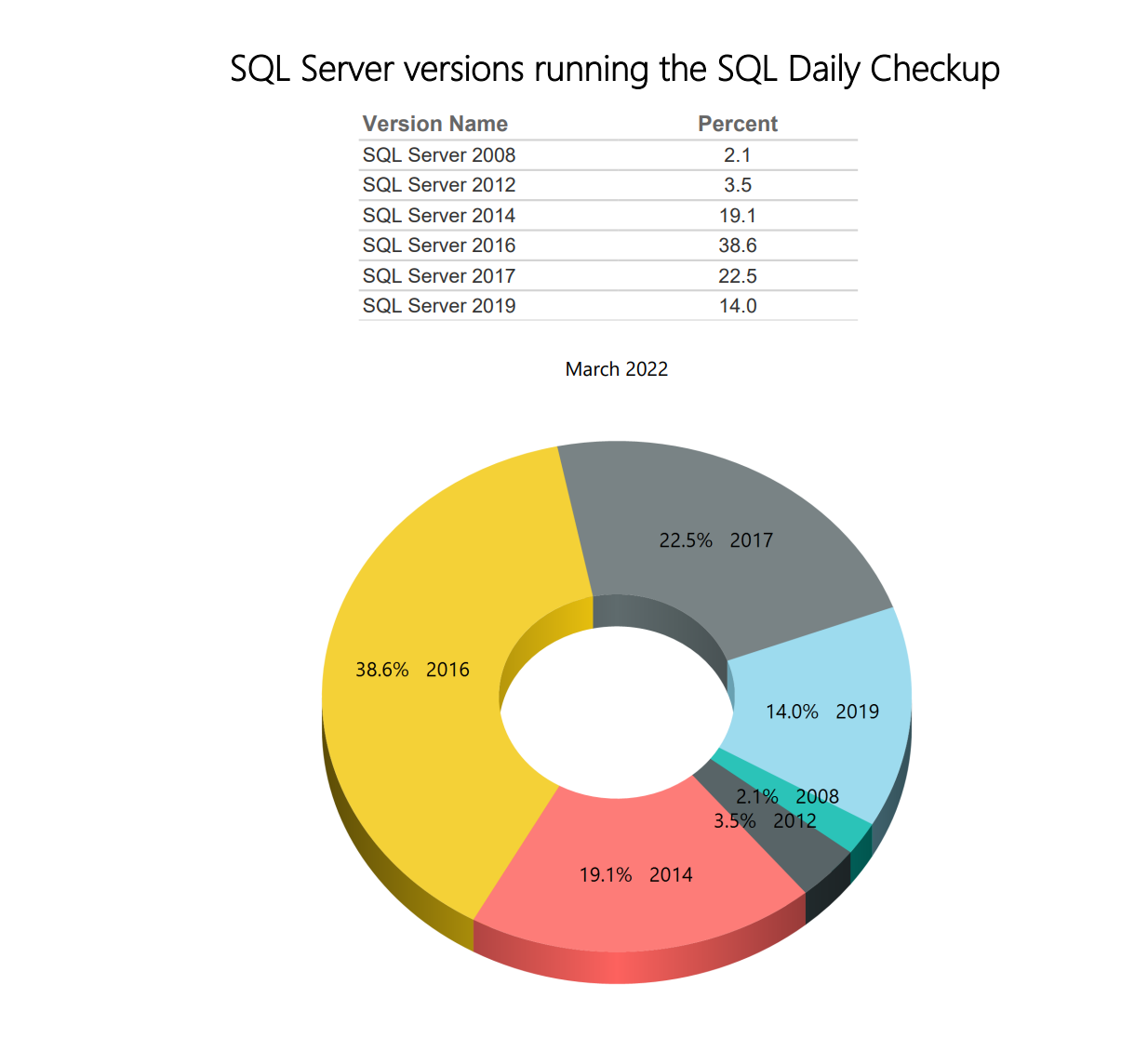Receive a full year of Daily SQL Monitoring FREE
For the month of October we are offering a free add-on for anyone who purchases a Server Assessment from Stedman Solutions. From October 1st to October 31, with the purchase of server assessment, you will also receive for no additional charge 1 full year of our SQL Daily Monitoring product. If your assessment is for one SQL Server you will …
Receive a full year of Daily SQL Monitoring FREE Read more »



